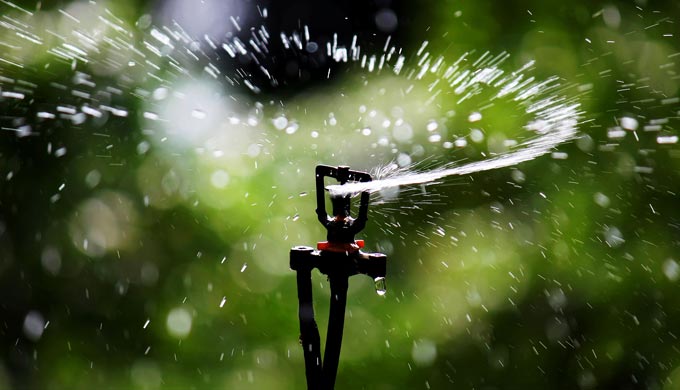By Erin Baxter
Who doesn’t love a beautiful yard? It’s much easier to cultivate that perfect lawn, those neatly groomed hedges, and radiant flower beds during the Hill Country spring and summer temperatures. But, what about your yard in the Autumn? As a matter of fact, the fall is a prime time to try some new things in your yard! If you’ve been gardening or landscaping for a while, many of these tips are not new, but they will give you a place to start and continue to grow! Make sure to consistently check your flower/shrub beds for moisture levels, check your watering system, and use natural fertilizers and mulch.
Photo: texaslanddesign.com
- Grab a pencil and sketch a quick diagram of your yard and beds to see what kind of space you will have available.
- Ask yourself some questions. What look are you going for? What fall colors to you like? Will you need some accents pots?
- Do some research. Go online or to your local nursery and look at different native plant options. Specialists at your local nursery are pros in this area, and they love to help you plan and create your dream. You’ll definitely want to use plants that are acclimated to the severity of the Texas Hill Country climate.
- In your sketch, allow for proper space to plant the foliage you choose. Add unique garden pots for a splash of color and variety to the landscape.
- Choose plants that use less water and establish themselves in the landscape quickly. Smart plant selections will ensure that your yard is ecologically friendly.
- Focus on grouping plants with the same water and sunlight needs together! This is a biggie. When they’re grouped and planted in the same area, similar plants thrive together.
(Note: plants such as Pink Skullcap, Gregs Salvia, Turks Cap, lantanas, Texas Sage, rosemary, and hummingbird bush – are all great selections for low water use and are fairly deer resistant. The Lady Bird Johnson Wildflower Center at the University of Texas has some great collections to check out: http://www.wildflower.org/collections/collection.php?collection=TX_central.
- Consider planting trees. The months of September, October, and November are the best time to plant trees, especially down south in the Hill Country. In fall, trees concentrate on root growth (below-ground growth) and take many nutrients from the soil. These new trees are preparing for spring’s full, leafy, above-ground growth.
2. Use Compost and Mulch in Soil and Beds
Photo: Wikipedia
Irrigate efficiently and effectively.
- Make sure to irrigate your soil efficiently and effectively. Use systems that are low to the ground instead of the sprinklers that oscillate and fling water high into the air. This ensures that you’re wasting little water and your plants are receiving the bulk majority of it.
- Be conscious to zone your yard properly so that plants with similar watering and sun requirements are grouped together.
- Decrease the frequency of watering and increase the time you water your yard and plants.
- Take a walk around your yard. Are your sprinklers on and working properly? Are they covering all of the needed areas? Are they set to run for the right amount of time?
- Always check with your nursery specialist for specific plants with different watering needs.
Enjoy your fall landscaping! Send us pics of your original creations! Your yard will be breathtaking and as unique as the Hill Country landscape itself.




